Home>Gardening & Outdoor>Landscaping Ideas>How To Stop Your Grass From Growing
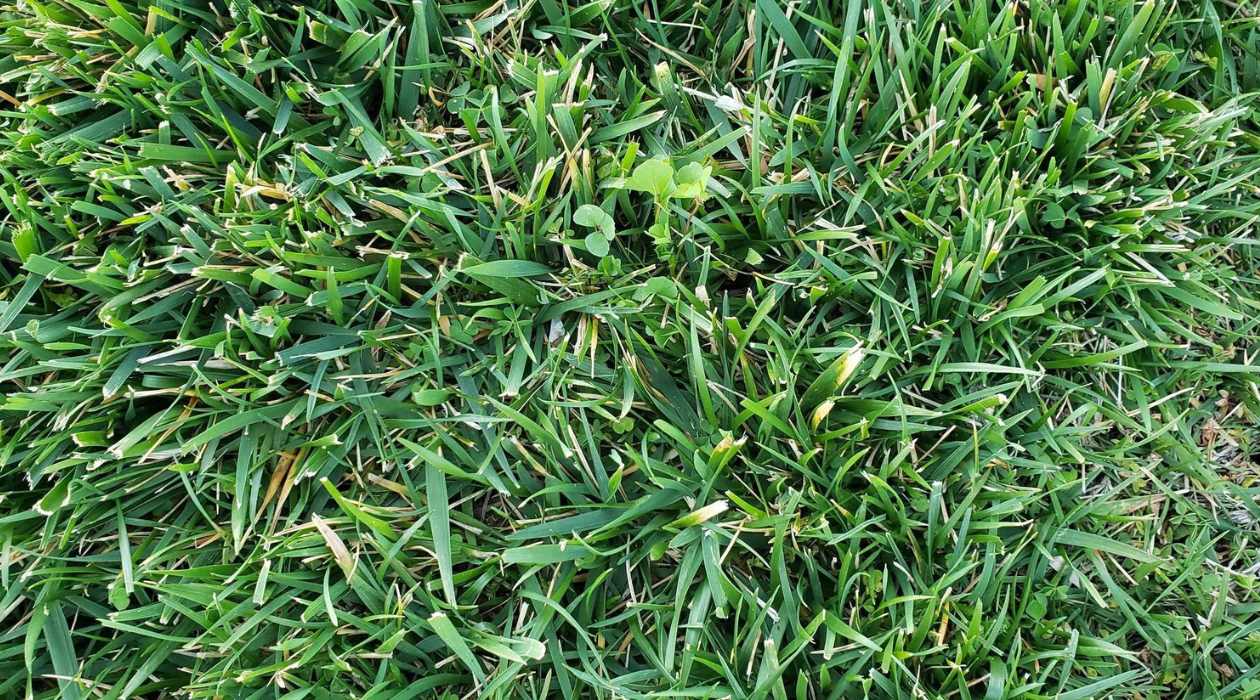

Landscaping Ideas
How To Stop Your Grass From Growing
Modified: February 18, 2024
Discover effective landscaping ideas to prevent grass from overgrowing. Learn how to maintain a well-manicured lawn with our expert tips and tricks.
(Many of the links in this article redirect to a specific reviewed product. Your purchase of these products through affiliate links helps to generate commission for Storables.com, at no extra cost. Learn more)
**
Introduction
**
Hey there, fellow gardening enthusiasts! Are you tired of constantly battling with your grass as it seems to grow faster than you can keep up with? Well, you're not alone. Many homeowners find themselves in a constant struggle to maintain a neat and well-manicured lawn. The good news is that with a few simple adjustments to your lawn care routine, you can effectively slow down the growth of your grass and reclaim your weekends from endless mowing sessions.
In this article, we'll delve into the fascinating world of grass growth and explore some practical strategies for keeping it in check. Understanding the factors that contribute to rapid grass growth is the first step toward regaining control of your lawn. We'll then discuss proper lawn maintenance techniques, including mowing and fertilization practices, that can help slow down the growth of your grass. Additionally, we'll explore the use of herbicides as a targeted approach to managing grass growth in specific areas of your lawn.
So, if you're ready to bid farewell to the relentless battle with overgrown grass and hello to a more manageable lawn, let's dive in and discover how to stop your grass from growing at an alarming rate!
**
Key Takeaways:
- Manage grass growth by adjusting mowing, watering, and fertilization practices to reclaim your time and enjoy a well-maintained lawn.
- Use targeted herbicides to address specific areas of excessive grass growth and restore balance to your outdoor space.
Read more: How To Stop Grass From Growing Fast
Understanding Grass Growth
**
Grass growth is a fascinating and complex process influenced by various factors such as sunlight, water, nutrients, and temperature. To effectively manage grass growth, it’s essential to comprehend the mechanisms that drive its rapid proliferation.
One of the primary drivers of grass growth is sunlight. Through the process of photosynthesis, grass harnesses the energy from sunlight to produce sugars, which are essential for its growth and development. As such, areas of the lawn that receive ample sunlight tend to foster more vigorous grass growth.
Water is another critical factor influencing grass growth. Adequate hydration is essential for the metabolic processes that drive growth. When grass receives abundant water, particularly during the growing season, it can exhibit accelerated growth rates, leading to the need for more frequent mowing and maintenance.
Nutrients, particularly nitrogen, play a pivotal role in stimulating grass growth. Fertilization, while beneficial for maintaining a lush and vibrant lawn, can inadvertently contribute to excessive grass growth if not applied judiciously. An overabundance of nitrogen can result in rapid and vigorous grass expansion, necessitating more frequent mowing and maintenance efforts.
Furthermore, temperature significantly impacts the rate of grass growth. Warmer temperatures generally promote more rapid growth, while cooler conditions can slow down the growth process. Understanding these environmental influences can provide valuable insights into managing grass growth effectively.
By gaining a deeper understanding of the factors driving grass growth, homeowners can implement targeted strategies to mitigate excessive proliferation and maintain a more manageable lawn. In the subsequent sections, we’ll explore practical techniques for proper lawn maintenance and deliberate interventions to curtail grass growth, empowering you to reclaim control over your outdoor oasis.
**
Proper Lawn Maintenance
**
Maintaining a healthy and vibrant lawn involves a combination of strategic practices aimed at nurturing the grass while curbing excessive growth. By implementing proper lawn maintenance techniques, homeowners can achieve a harmonious balance that promotes the overall well-being of the lawn while minimizing the need for frequent mowing and upkeep.
Regular mowing is a fundamental aspect of lawn maintenance, and the height at which grass is mowed can significantly impact its growth rate. By adhering to the one-third rule – never removing more than one-third of the grass blade in a single mowing session – homeowners can help regulate grass growth. Allowing the grass to grow slightly longer before mowing can reduce the frequency of mowing sessions, thereby slowing down overall growth.
Furthermore, adjusting the frequency of watering can influence grass growth. While adequate hydration is crucial for the health of the lawn, overwatering can lead to accelerated growth. By monitoring the lawn’s moisture levels and adjusting the watering schedule accordingly, homeowners can help mitigate excessive grass proliferation.
Fertilization, while beneficial for maintaining a lush and healthy lawn, should be approached thoughtfully to prevent overstimulation of grass growth. Choosing a slow-release fertilizer and applying it in moderation can support the grass’s nutritional needs without triggering an excessive growth spurt.
Overseeding with grass varieties that have a slower growth habit can also contribute to managing grass growth. Introducing these varieties to the lawn can help balance the overall growth rate, resulting in a more uniform and controlled appearance.
By adopting these prudent lawn maintenance practices, homeowners can foster a thriving lawn while exerting a measure of control over its growth. In the subsequent sections, we’ll explore additional strategies, including reducing fertilization and adjusting mowing practices, to further address the challenge of excessive grass growth.
**
Reducing Fertilization
**
Fertilization is a cornerstone of lawn care, providing essential nutrients that promote healthy grass growth. However, excessive or imbalanced fertilization can inadvertently fuel rapid and vigorous grass proliferation, leading to the need for frequent maintenance. By adopting a strategic approach to fertilization, homeowners can effectively manage grass growth while nurturing a vibrant and resilient lawn.
Choosing the right type of fertilizer is crucial in controlling grass growth. Opting for a slow-release fertilizer can provide a sustained and balanced supply of nutrients to the grass, curbing the tendency for rapid expansion. Slow-release formulations release nutrients gradually over an extended period, promoting steady growth without the sudden surges associated with fast-acting fertilizers.
Moreover, adjusting the frequency and timing of fertilizer applications can help regulate grass growth. Rather than adhering to a rigid schedule, homeowners can assess the condition of the lawn and apply fertilizer judiciously based on its actual nutritional needs. By monitoring the grass’s response to previous applications and adjusting subsequent fertilization accordingly, homeowners can prevent excessive growth while supporting the lawn’s long-term health.
Furthermore, considering the specific nutritional requirements of the grass can inform a more targeted and restrained approach to fertilization. Conducting a soil test can provide valuable insights into the lawn’s nutrient profile, enabling homeowners to tailor their fertilization regimen to address specific deficiencies without overstimulating growth.
Additionally, integrating organic fertilizers into the lawn care routine can offer a more balanced and gradual nutrient release, reducing the risk of rapid grass proliferation. Organic fertilizers, derived from natural sources such as compost and animal manure, provide a sustainable and environmentally friendly approach to nourishing the lawn while promoting steady and controlled growth.
By implementing these strategic adjustments to fertilization practices, homeowners can effectively manage grass growth, fostering a lush and resilient lawn while minimizing the need for excessive maintenance. In the following sections, we’ll explore additional measures, including adjusting mowing practices and utilizing targeted herbicides, to further address the challenge of excessive grass growth.
**
Consider using a growth regulator to slow down grass growth. These products can be applied to your lawn to inhibit the production of a hormone that stimulates growth, keeping your grass at a more manageable height.
Adjusting Mowing Practices
**
Strategic mowing practices play a pivotal role in managing grass growth and maintaining a well-groomed lawn. By making deliberate adjustments to the mowing routine, homeowners can exert a significant influence on the pace of grass proliferation while promoting the overall health and appearance of the lawn.
Adhering to the one-third rule – never removing more than one-third of the grass blade in a single mowing session – is a fundamental principle for controlling grass growth. Allowing the grass to grow slightly longer before mowing can help slow down its overall growth rate, reducing the frequency of mowing sessions and the need for constant upkeep.
Adjusting the mowing height can also impact grass growth. Raising the cutting height of the mower can encourage the development of deeper root systems and promote stronger, more resilient grass growth. Additionally, taller grass shades the soil, reducing moisture evaporation and inhibiting weed growth, contributing to a more balanced and controlled lawn environment.
Varying the mowing pattern can further support efforts to manage grass growth. Alternating the direction in which the lawn is mowed with each session can help prevent the grass from developing a grain and encourage more upright and even growth. This technique also reduces soil compaction, promoting healthier grass and contributing to a more uniform and controlled appearance.
Moreover, leaving grass clippings on the lawn can provide natural nourishment and support a more balanced growth pattern. As the clippings decompose, they return valuable nutrients to the soil, reducing the lawn’s reliance on external fertilization and fostering a more sustainable and measured approach to grass growth.
By implementing these deliberate adjustments to mowing practices, homeowners can effectively manage grass growth while nurturing a resilient and visually appealing lawn. In the subsequent sections, we’ll explore the targeted use of herbicides as an additional strategy to address specific areas of excessive grass proliferation, empowering homeowners to reclaim control over their outdoor oasis.
**
Using Herbicides
**
When faced with localized areas of excessive grass growth, the targeted use of herbicides can provide an effective and precise solution to regain control and restore balance to the lawn. By selectively addressing areas of overgrowth, homeowners can mitigate the need for extensive maintenance while promoting a more uniform and well-manicured appearance.
Before applying herbicides, it is crucial to accurately identify the specific grass species causing the overgrowth. This knowledge enables homeowners to choose an herbicide that selectively targets the problematic grass without harming the surrounding desirable turf. Selective herbicides are formulated to control specific grass species while sparing broadleaf plants, allowing for precise intervention without compromising the overall integrity of the lawn.
Spot treatment with selective herbicides allows for the targeted control of problematic grass species while minimizing the impact on the surrounding lawn. By applying the herbicide directly to the overgrown areas, homeowners can effectively curtail the excessive growth and restore a more balanced and uniform appearance to the lawn.
Furthermore, preemergent herbicides can be employed to prevent the encroachment of undesirable grass species, reducing the likelihood of localized overgrowth in the future. By creating a barrier against the germination and establishment of problematic grasses, preemergent herbicides offer a proactive approach to managing grass growth and maintaining a well-maintained lawn.
It is essential to follow the application instructions provided by the herbicide manufacturer meticulously. Adhering to the recommended application rates and timing ensures optimal effectiveness while minimizing the risk of unintended consequences. Additionally, exercising caution to prevent herbicide drift and ensuring proper coverage of the targeted areas can enhance the success of the treatment while safeguarding the overall health of the lawn.
By leveraging the targeted use of herbicides, homeowners can address localized areas of excessive grass growth with precision and efficacy, promoting a more balanced and visually appealing lawn. In the subsequent sections, we’ll recap the key strategies discussed and conclude with a compelling summary, equipping you with the knowledge and insights to effectively manage grass growth and reclaim your outdoor space.
**
Conclusion
**
As we conclude our exploration of managing grass growth, it’s evident that maintaining a well-groomed lawn involves a thoughtful and multifaceted approach. By understanding the factors influencing grass growth and implementing strategic maintenance practices, homeowners can effectively curb excessive proliferation while nurturing a vibrant and resilient lawn.
Proper lawn maintenance, including strategic mowing, watering, and fertilization practices, forms the foundation of managing grass growth. By adjusting these fundamental elements, homeowners can exert a measure of control over the pace of grass proliferation, reducing the need for frequent maintenance and reclaiming valuable time for other pursuits.
Moreover, the targeted use of herbicides offers a precise and effective means of addressing localized areas of excessive grass growth, restoring balance and uniformity to the lawn. By leveraging selective and preemergent herbicides, homeowners can mitigate overgrowth and prevent the encroachment of undesirable grass species, contributing to a more visually appealing and well-manicured outdoor space.
Ultimately, the key to managing grass growth lies in a holistic and informed approach that considers the unique characteristics of the lawn and the specific challenges it presents. By integrating the strategies discussed in this article and tailoring them to your lawn’s individual needs, you can achieve a harmonious balance that promotes a healthy, well-maintained, and visually appealing outdoor oasis.
So, as you embark on your journey to reclaim control over your lawn, remember that with a bit of knowledge, strategic planning, and a touch of dedication, you can stop your grass from growing at an alarming rate and enjoy a more leisurely and rewarding outdoor experience.
Frequently Asked Questions about How To Stop Your Grass From Growing
Was this page helpful?
At Storables.com, we guarantee accurate and reliable information. Our content, validated by Expert Board Contributors, is crafted following stringent Editorial Policies. We're committed to providing you with well-researched, expert-backed insights for all your informational needs.




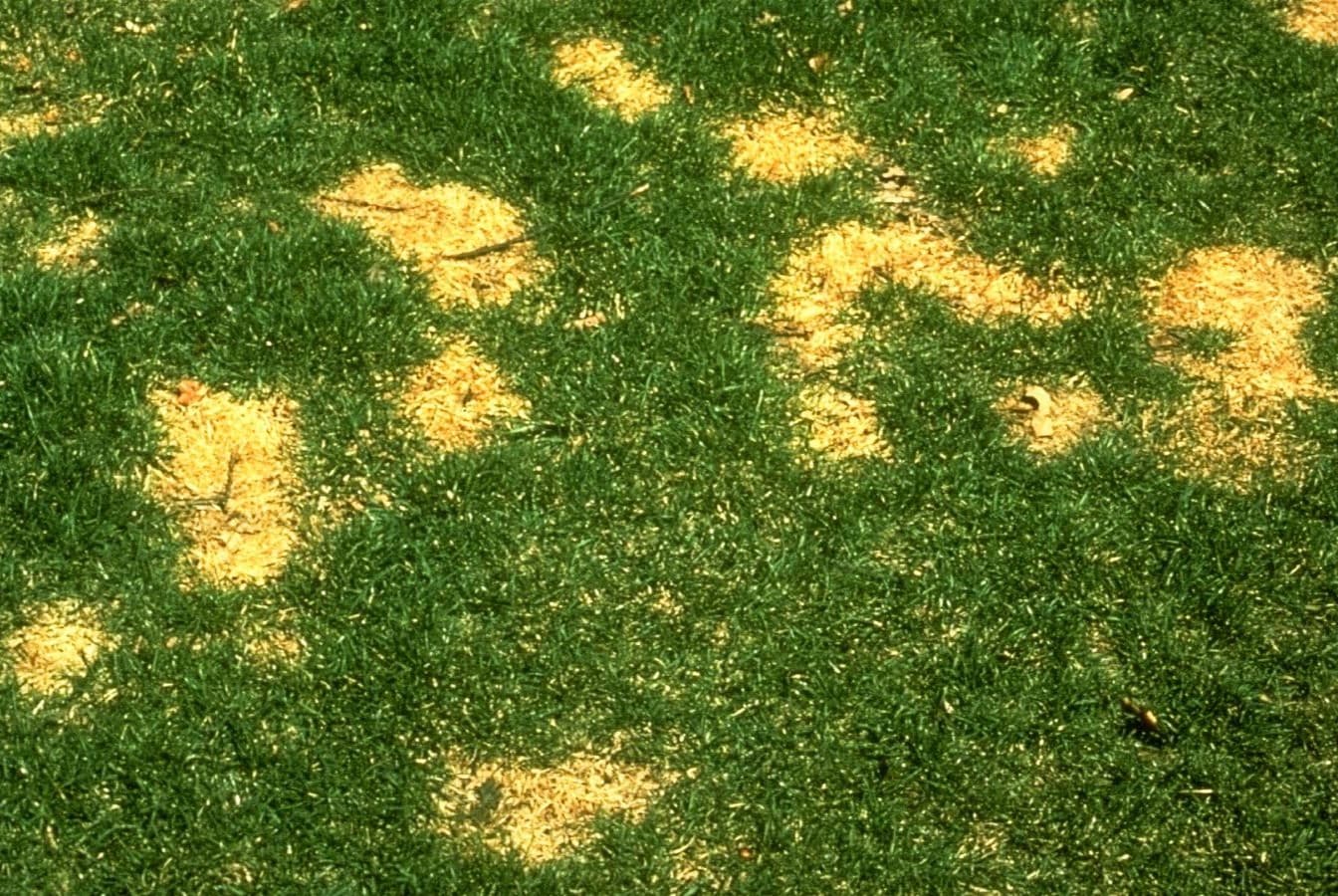
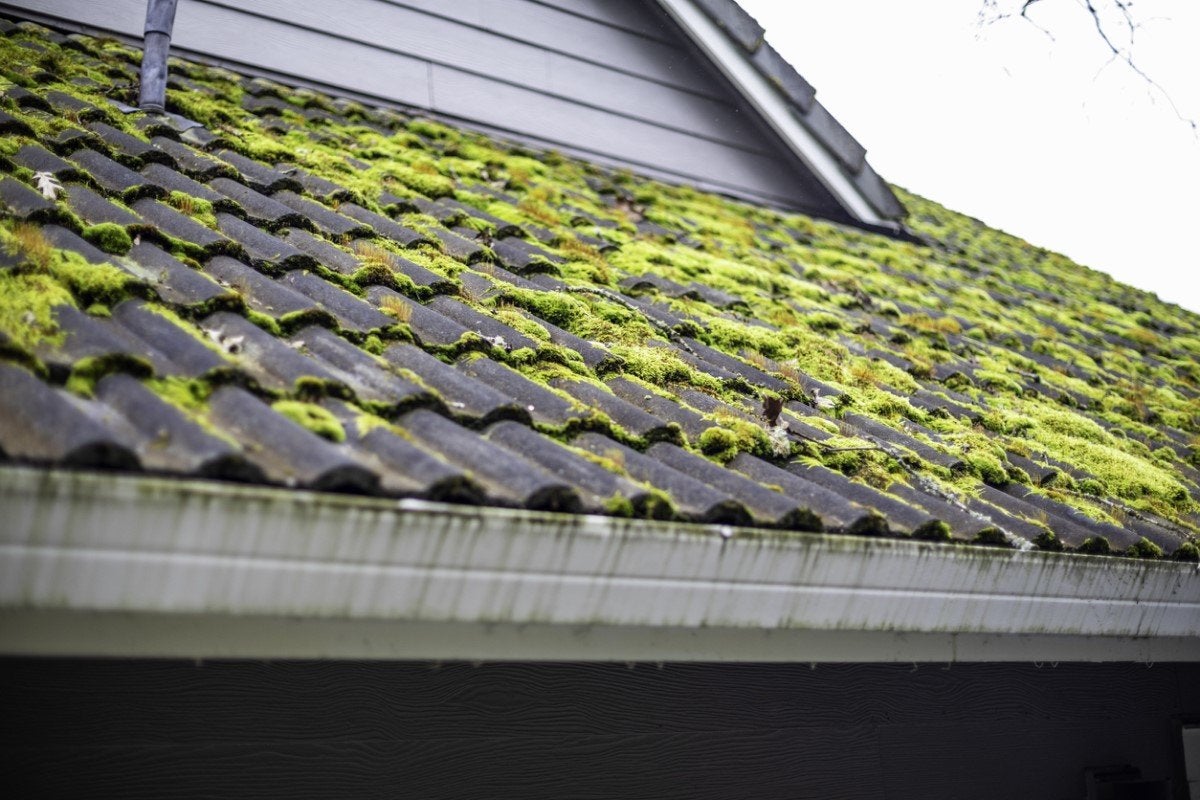
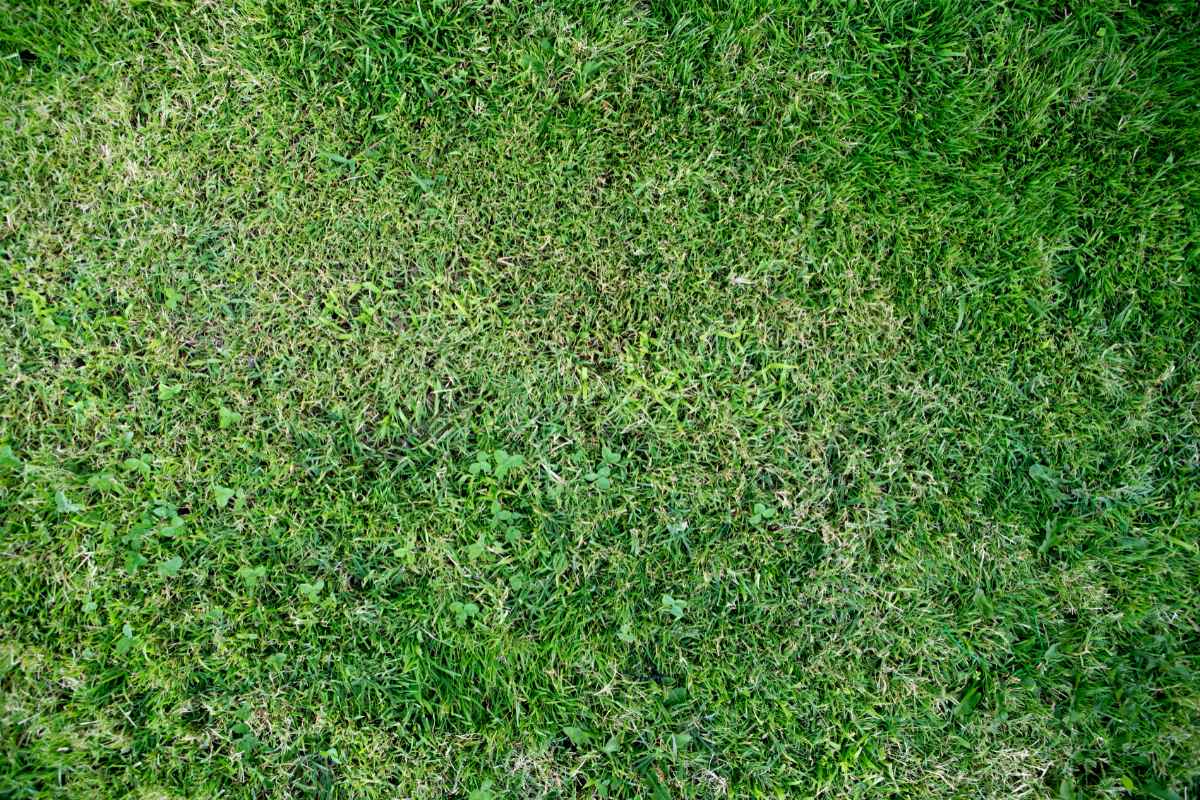
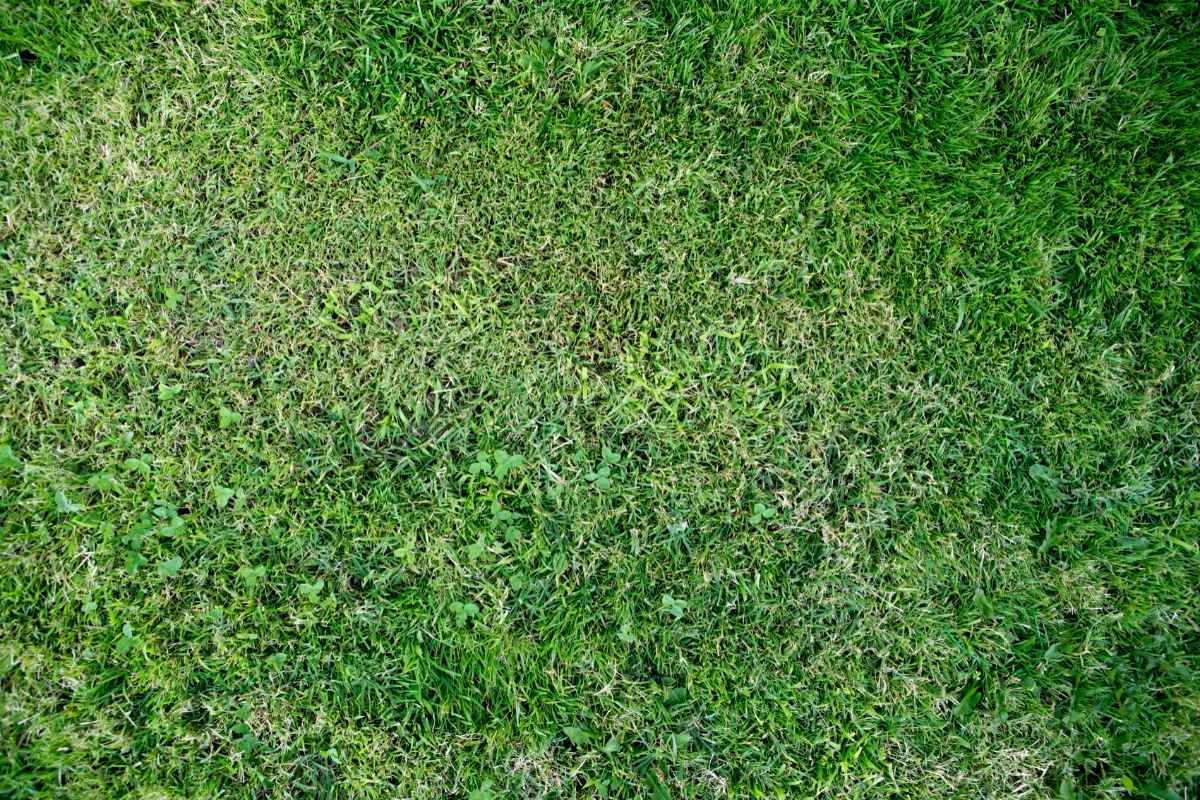
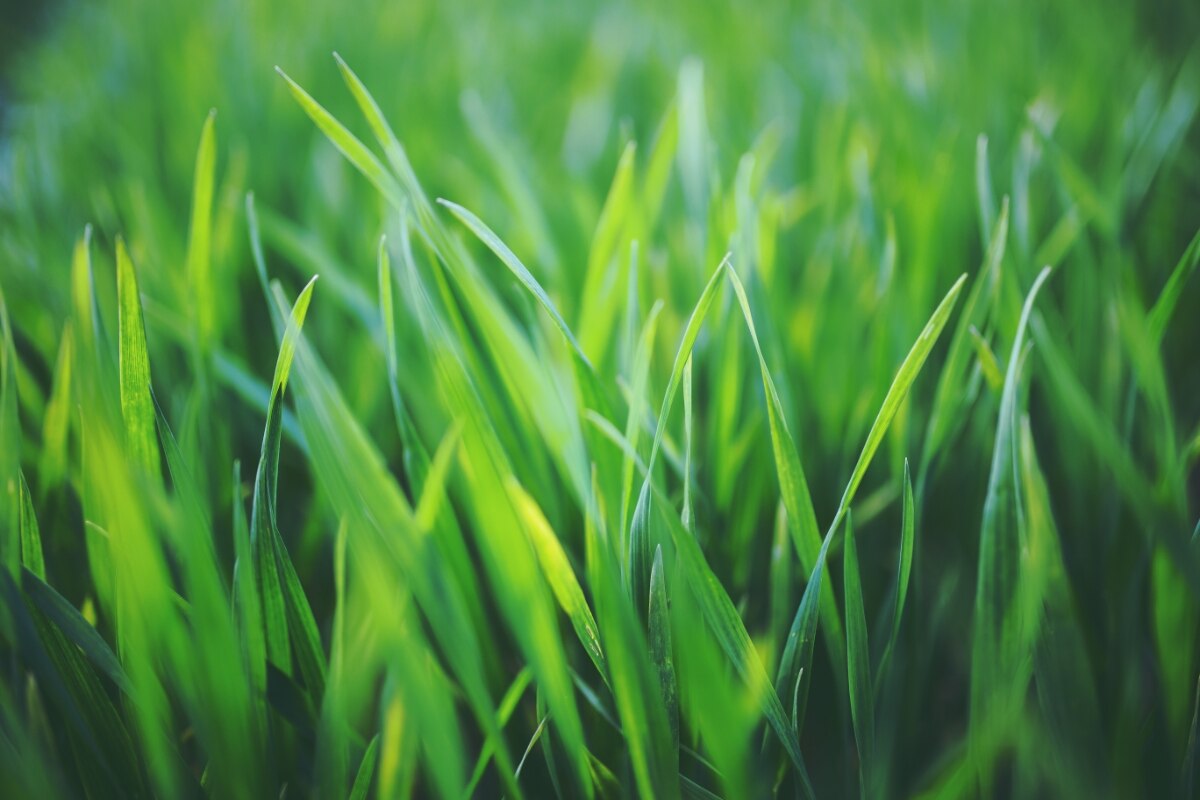
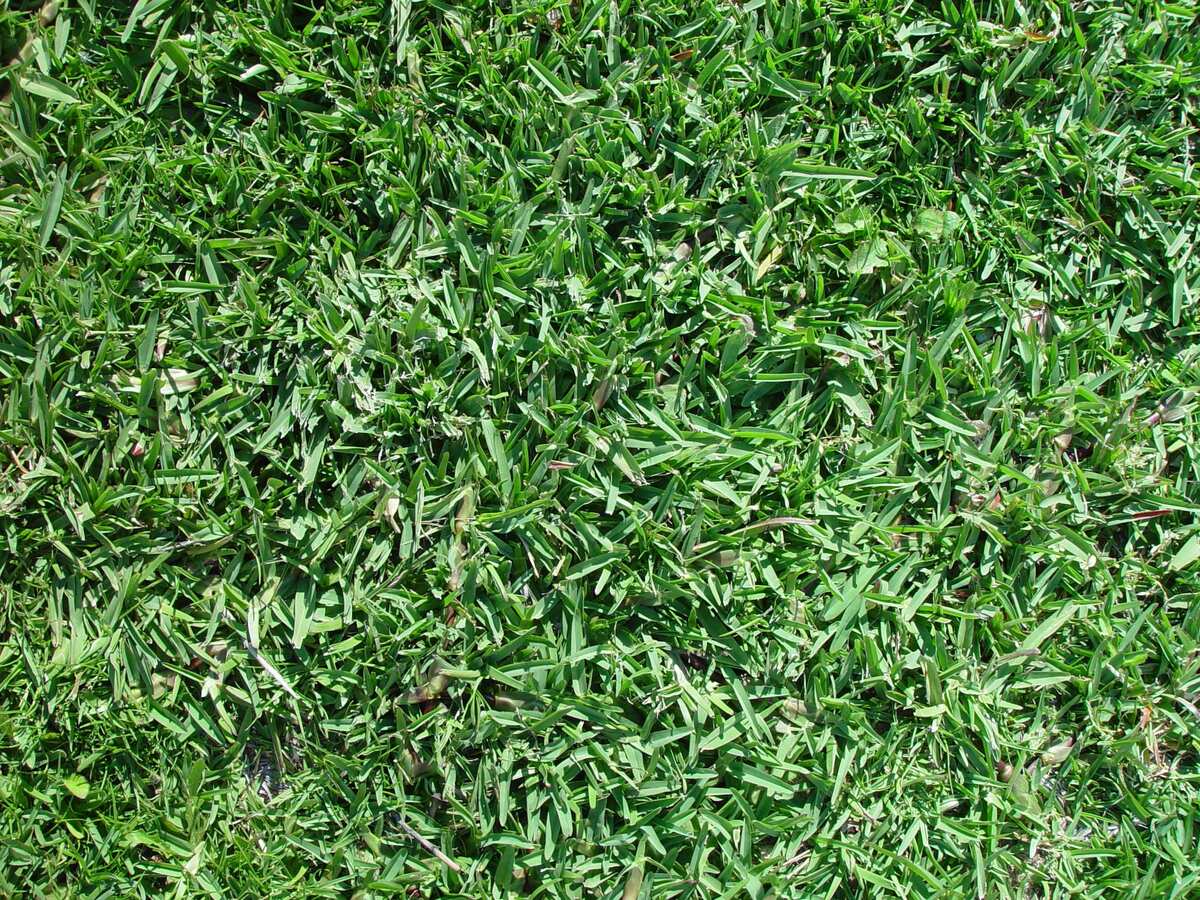
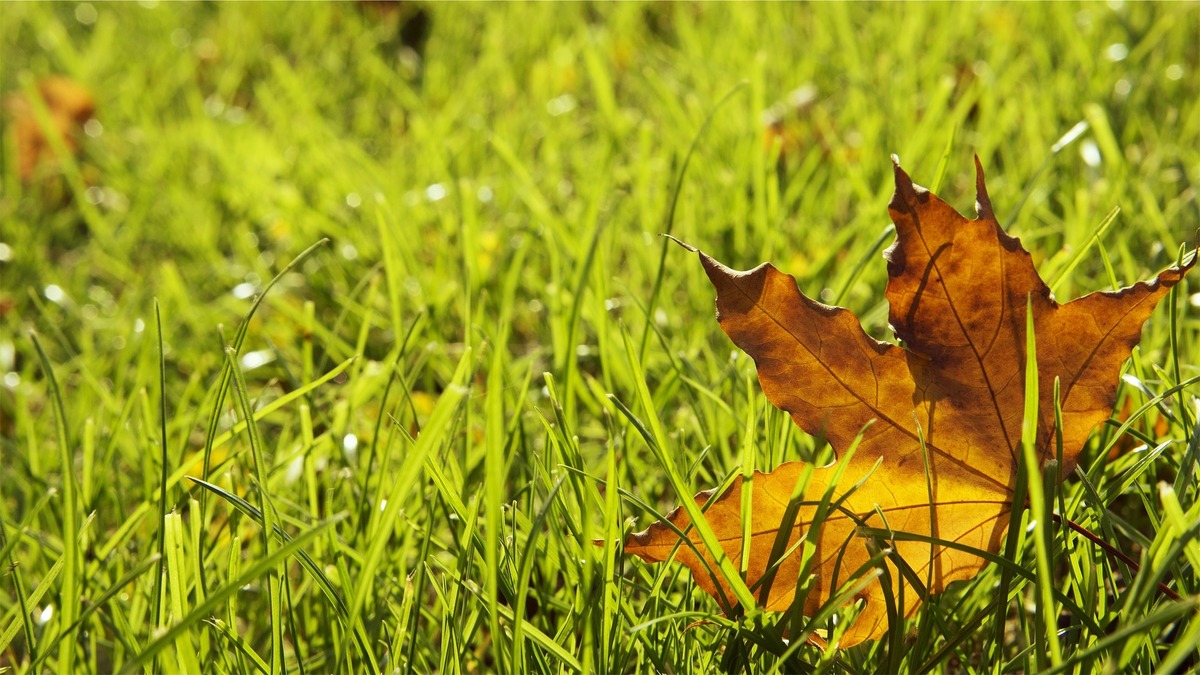
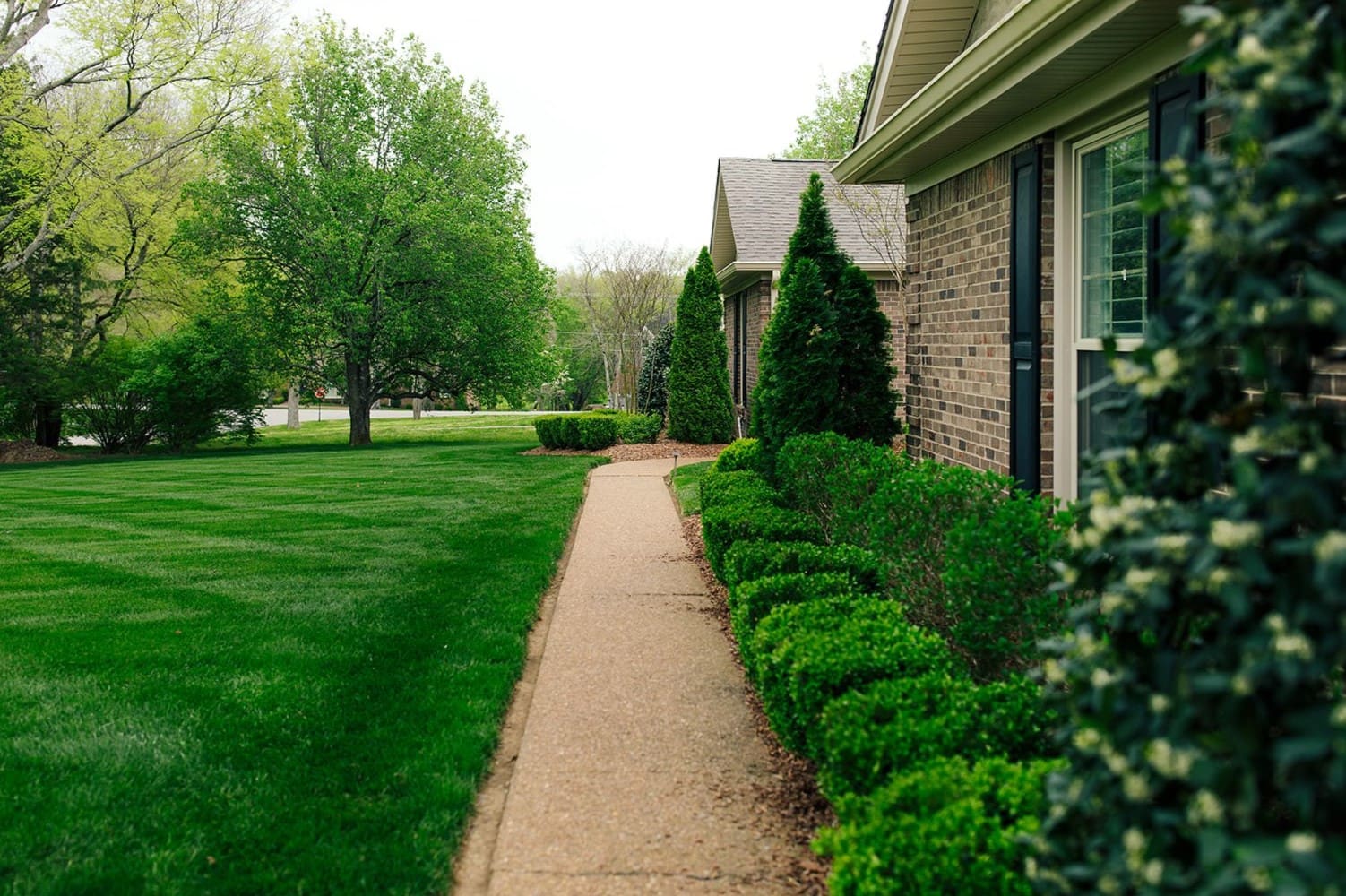
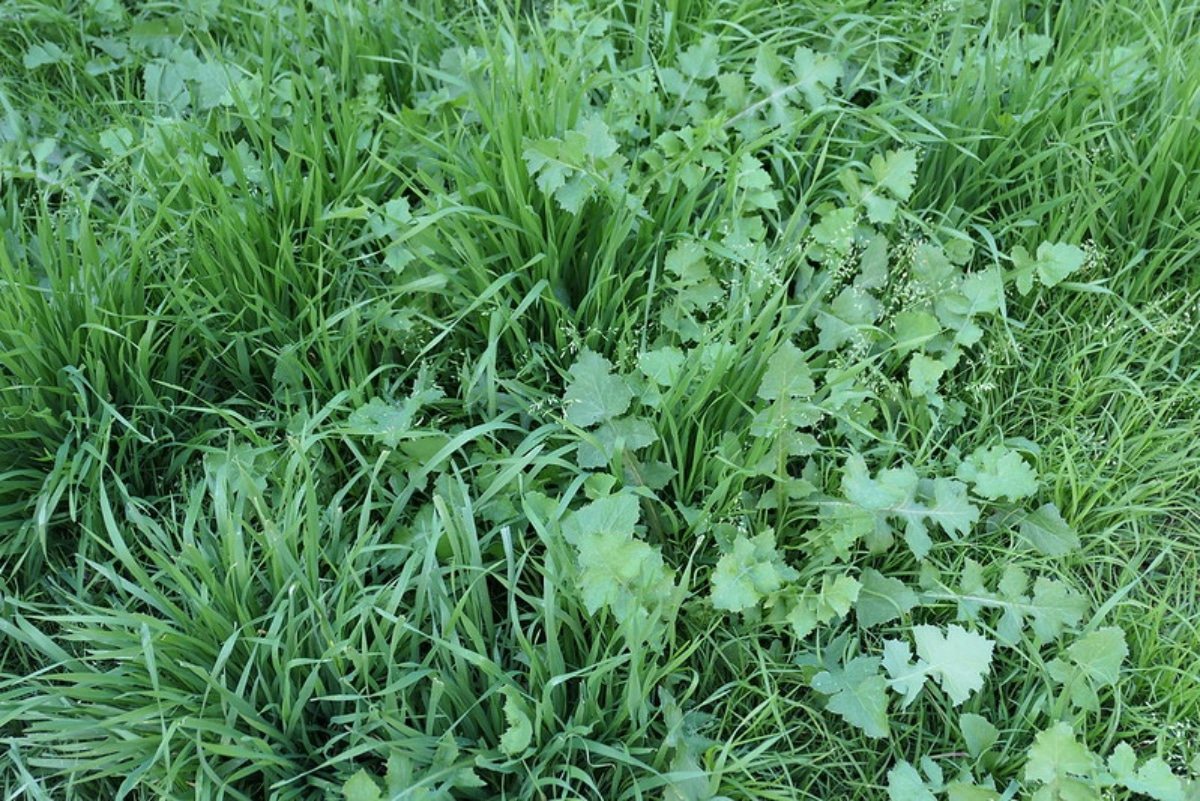


0 thoughts on “How To Stop Your Grass From Growing”